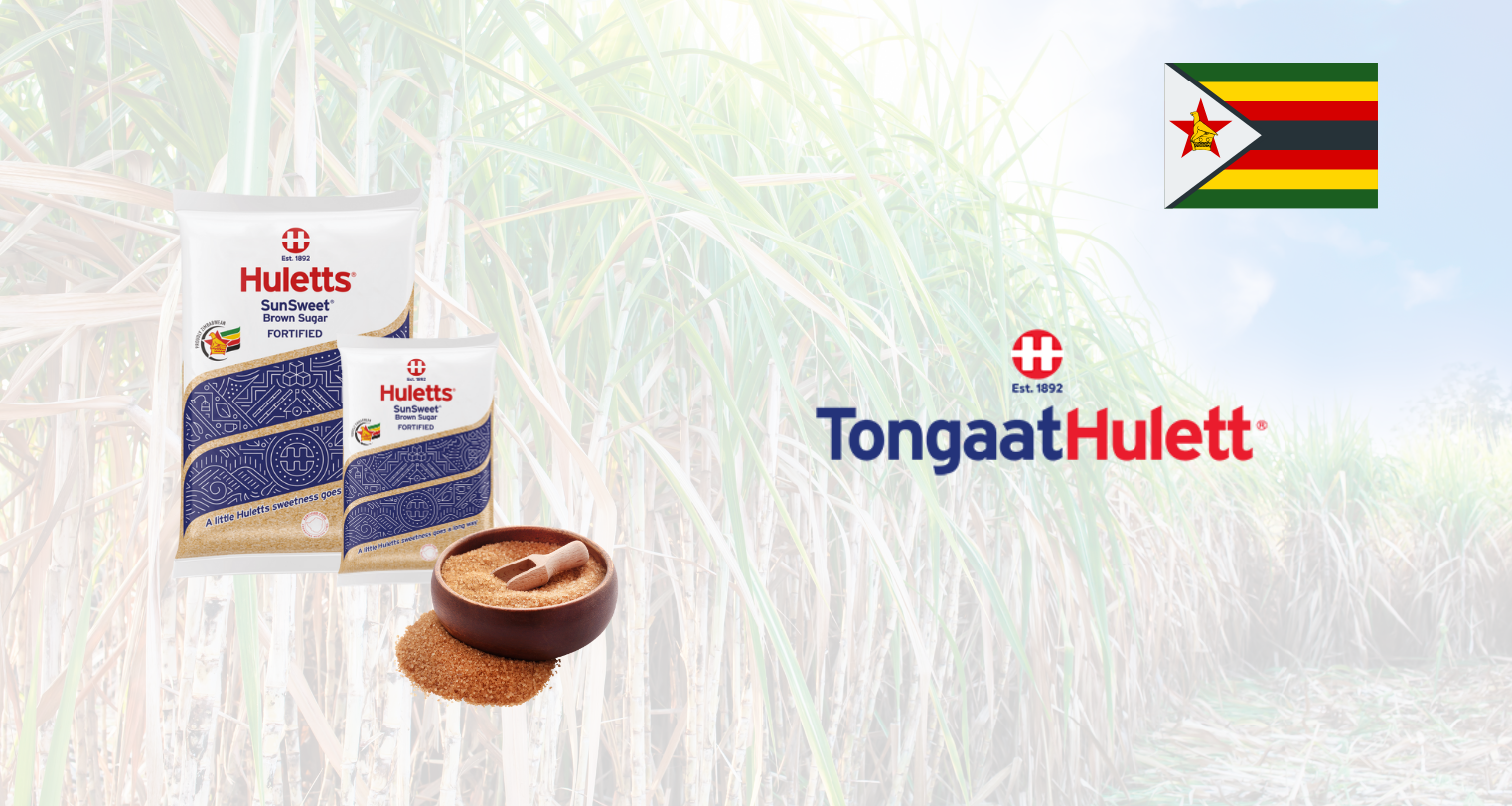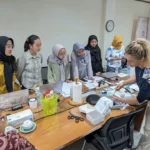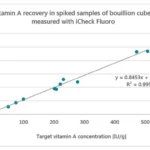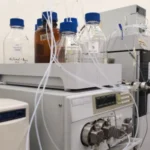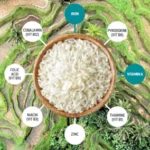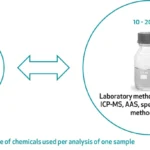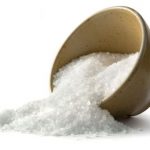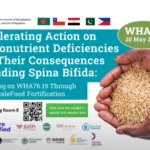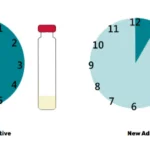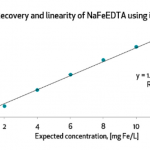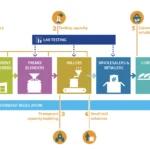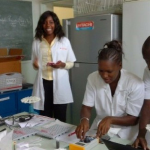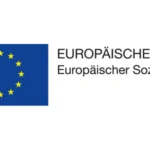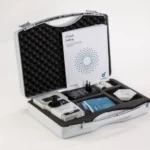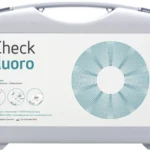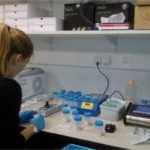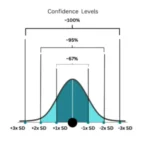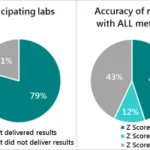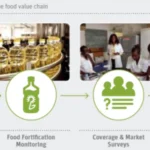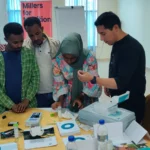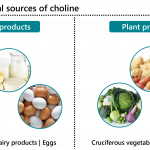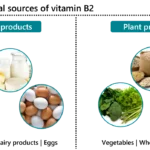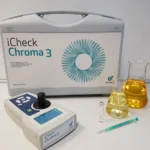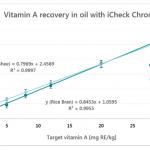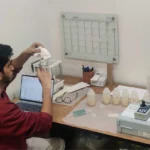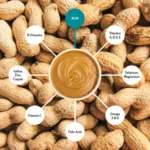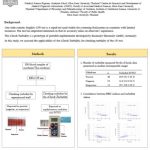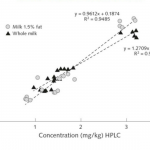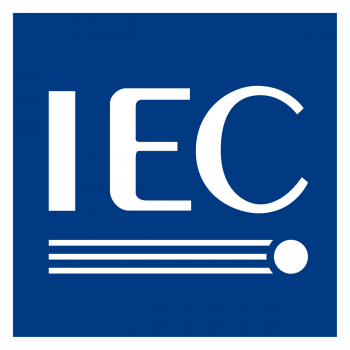Across Zimbabwe, micronutrient deficiencies remain a silent but serious public-health challenge. The 2012 national micronutrient survey found that 19 % of children aged 6 to 59 months and 24 % of women of childbearing age were vitamin A deficient, undermining immunity, growth, and vision [1].
Vitamin A supplementation remains an important complementary measure, with coverage reported at about 69 % in 2017 in government routine data [2]. These figures highlight why closing vitamin A gaps is critical for children’s survival and healthy development and why innovative partnerships between government, industry and technology providers are reshaping how fortification quality is delivered in Zimbabwe. This piece highlights Zimbabwe’s national fortification program, with Tongaat Hulett at the forefront and BioAnalyt’s iCheck Fluoro safeguarding quality every step of the way.
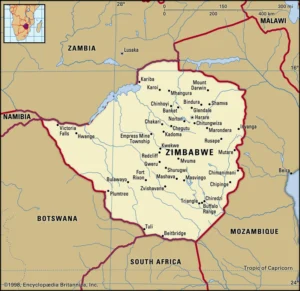
Zimbabwe’s National Response
Zimbabwe faces a significant burden of micronutrient deficiencies, especially among children and women of reproductive age. In response, the Government of Zimbabwe enacted the Food Fortification Regulations in 2016, mandating the fortification of staple foods including sugar, maize meal, wheat flour, and cooking oil [3,4].
Sugar fortification specifically targets vitamin A deficiency, aiming to enhance immunity and reduce preventable childhood blindness [5]. The program relies on collaboration between government agencies, local producers, and development partners to ensure fortified products reach both urban and rural households. This model reflects broader strategies across sub-Saharan Africa, where staple food fortification has become central to public health efforts [3].
Tongaat Hulett’s Role in Sugar Fortification
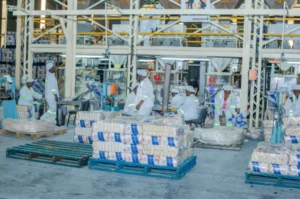
Tongaat Hulett, one of Zimbabwe’s largest brown sugar producers, has been instrumental in rolling out sugar fortification. As part of the Zimbabwe National Food Fortification Strategy 2014–2018, the government mandated fortifying household sugar with vitamin A, effective from July 1, 2017 [6].
Operating major sugar estates at Hippo Valley and Triangle, Tongaat Hulett produces over 70% portion of Zimbabwe’s sugar. The company has integrated vitamin A fortification into its production processes, ensuring that its sugar consistently meets national nutritional standards [6].
Ensuring Accuracy with iCheck Fluoro
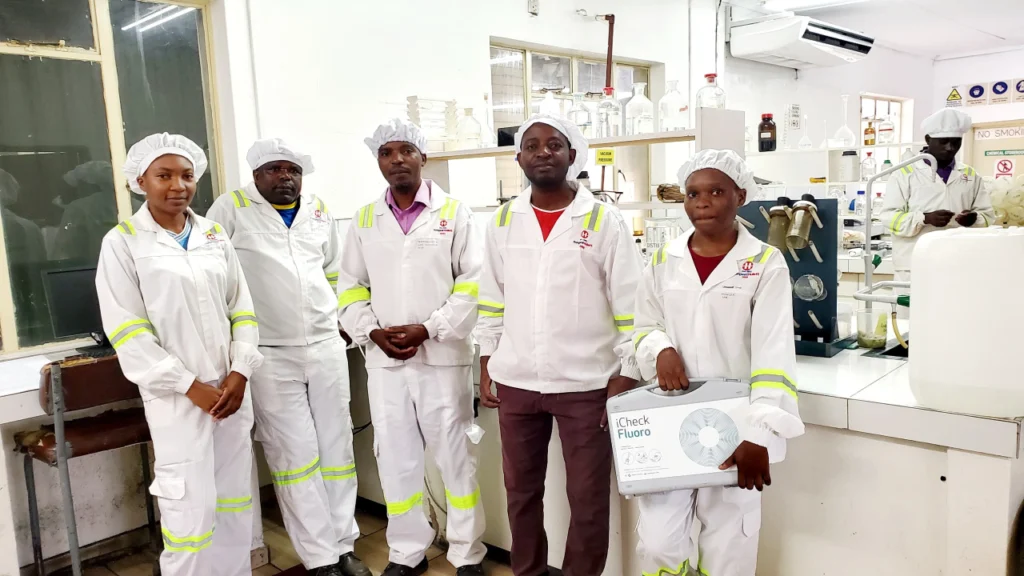
Fortification is only effective if the intended nutrients reach consumers. At Tongaat Hulett, quality assurance teams now test fortified sugar multiple times per shift using BioAnalyt’s iCheck Fluoro. “It is user-friendly, reliable, and straightforward,” says Joshua Magodhi, team supervisor.
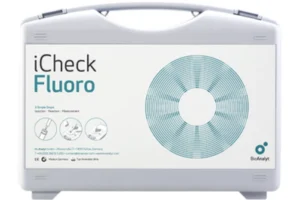
Traditionally, measuring vitamin A meant sending samples to laboratories outside the country, with results taking several days, leaving production lines vulnerable to gaps. iCheck Fluoro has transformed this process, providing accurate vitamin A measurements in minutes. Its portable design delivers precision comparable to traditional HPLC methods, ensuring every batch meets Zimbabwe’s national standards before reaching store shelves.
The impact goes beyond compliance. Tongaat Hulett operates two iCheck devices: one for daily operations and a backup to prevent production delays. This redundancy guarantees continuous quality control, reaching millions of Zimbabwean households. Government inspections confirm that Tongaat Hulett’s internal testing aligns with external audits, reinforcing trust in both the company and Zimbabwe’s fortification program.
From Policy to Household Impact
Fortified sugar provides practical, everyday nutrition. Even small daily amounts help close nutrient gaps that would otherwise leave children vulnerable to vitamin A deficiency. By ensuring consistent quality, Tongaat Hulett supports healthier growth outcomes and strengthens public health initiatives.
Zimbabwe’s experience illustrates how staple food fortification, supported by innovative technology, can effectively combat hidden hunger. BioAnalyt’s iCheck Fluoro ensures that fortified sugar reliably delivers essential nutrients, helping make vitamin A deficiency a challenge of the past.
Explore how iCheck Fluoro can strengthen your fortification program.
References
- Food and Nutrition Council, Ministry of Health and Child Care. (2012). The 2012 Zimbabwe national micronutrient survey: A study to determine the prevalence of micronutrient deficiencies in Zimbabwe. Harare, Zimbabwe.
- Ministry of Health and Child Care. (2019). Ministry of Health and Child Care annual report 2017. Harare, Zimbabwe.
- Government of Zimbabwe. (2016). Food Fortification Regulations, 2016. Veritas Zimbabwe. https://www.veritaszim.net/sites/veritas_d/files/SI%202016-120%20-%20Food%20Fortification%20Regulations%2C%202016.pdf
- Food and Agriculture Organization. (2021). Fighting hidden hunger in Zimbabwe. FAO. https://www.fao.org/family-farming/detail/en/c/1401304/
- Food Fortification Initiative. (2016). FFI Newsletter: December 2016. https://www.ffinetwork.org/ffimedia/ffi-newsletter-december-2017-1-dfpya
- Maumbe, B. M., & Chazuza, T. (2020). Sustainable competitive advantage in sugarcane value chain in Zimbabwe: The case of Tongaat-Hulett Private Limited. International Journal of Business Marketing and Management (IJBMM), 5(12), 00–00. https://www.ijbmm.com
